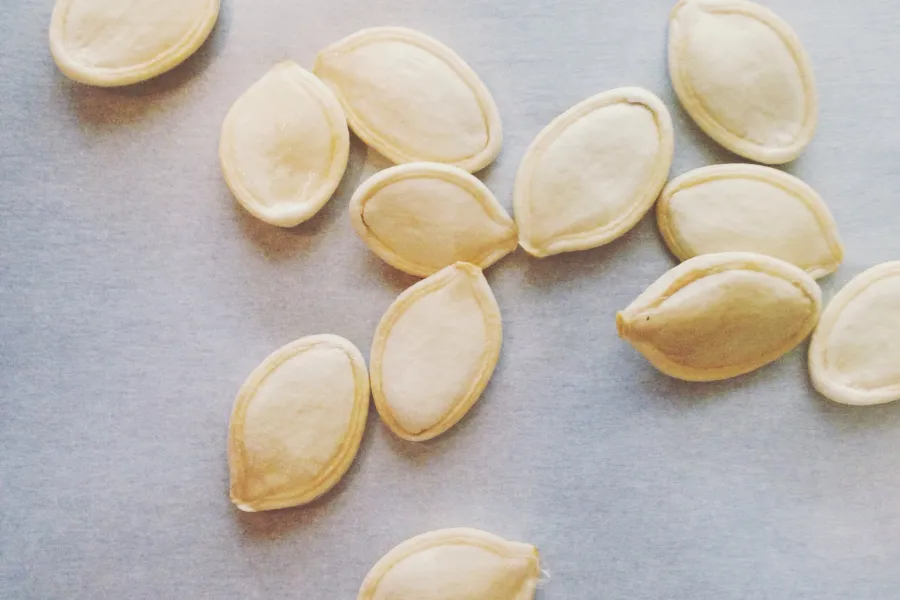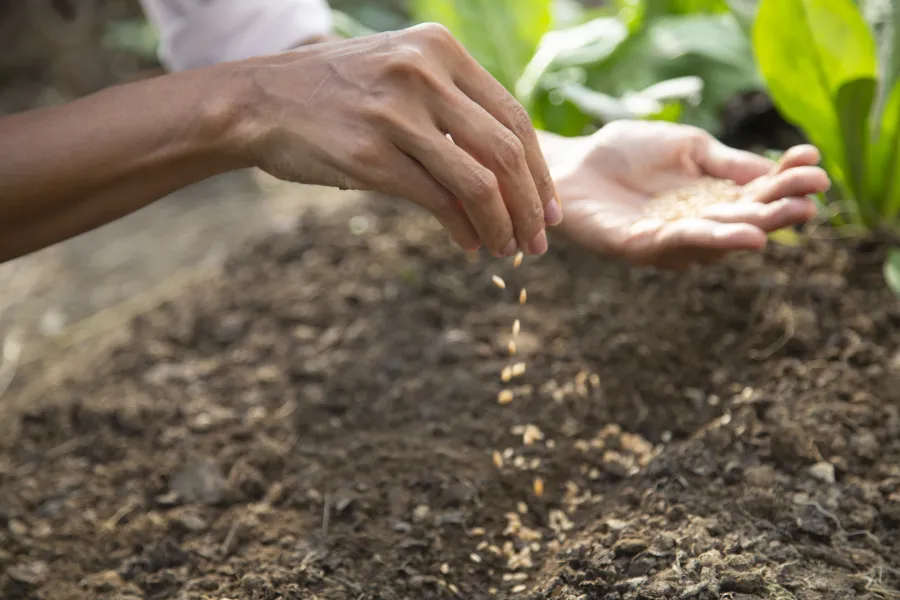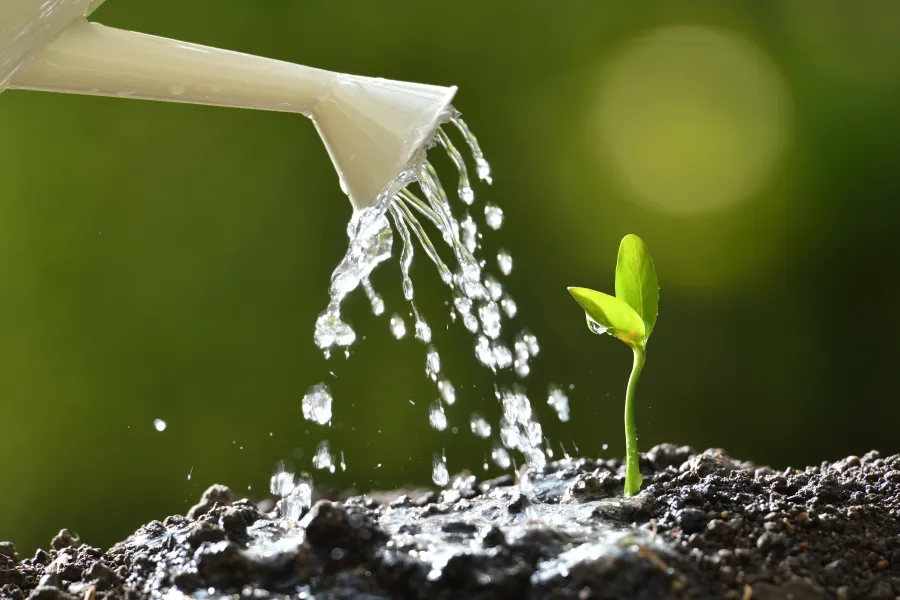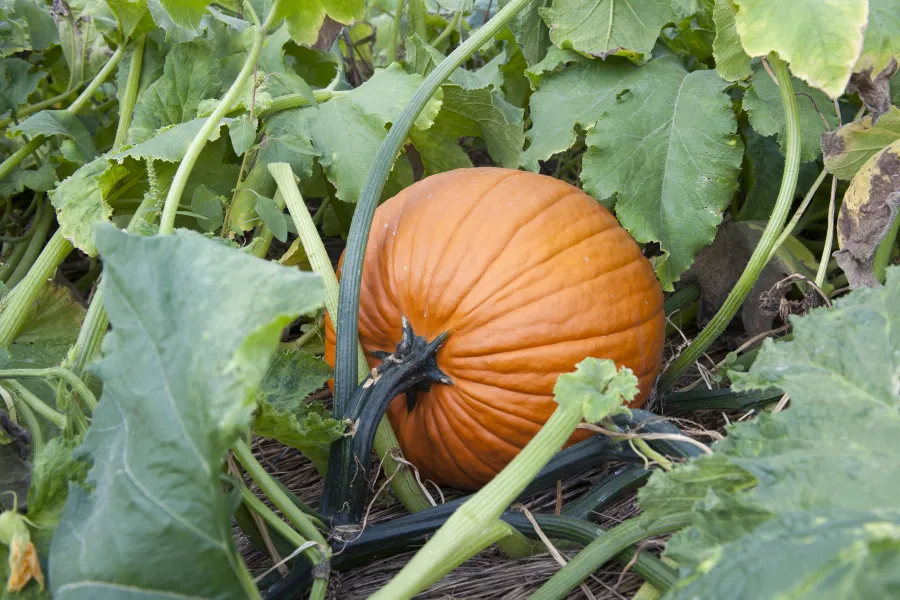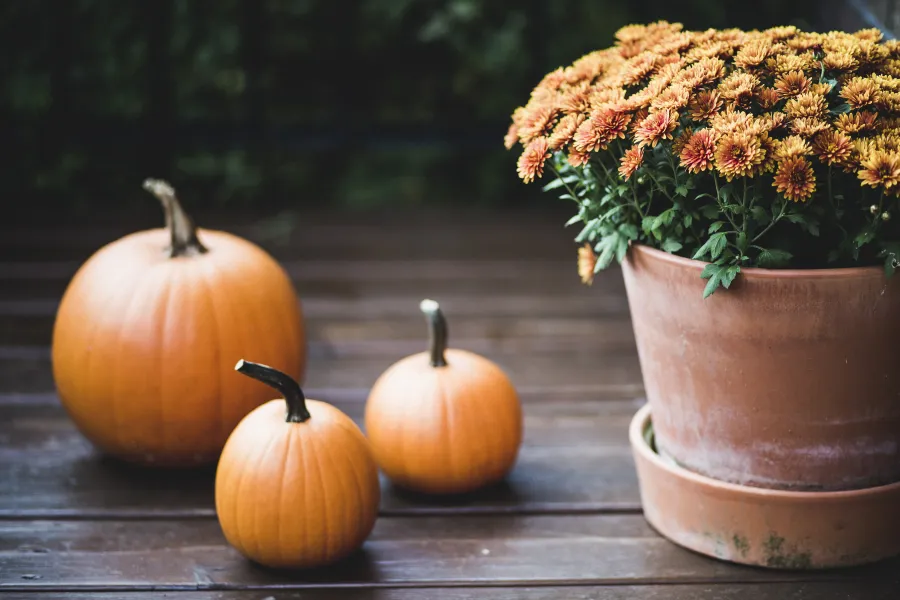
Grow Your Own
Jack-O-Lanterns
Spooky, Fun & Active
Growing Pumpkins
Create your own pumpkin patch and get your kids playing in the dirt with pumpkins. Pumpkins are a wonderful plant to include in your summer garden. Now only do they come in many varieties and styles, but they also are one of the most versatile garden veggies to grow. Not only are they tasty in pies and recipes, but their seeds make a tasty treat and pumpkins are a staple of fall festivities and decor. Growing pumpkins is relatively easy and kid's will love watching the vines grow, seeing the flowers and seeing pumpkins transform from babies to pumpkins ready to harvest. Pumpkins will need lots of sun and space to grow. Grab the kids and plant your own pumpkins.
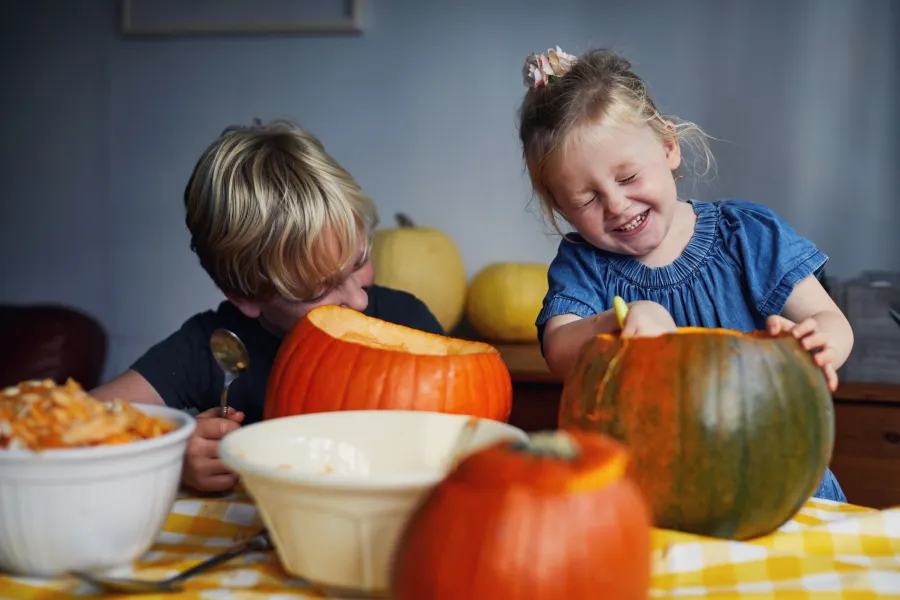
Supplies List
- Pumpkin seeds or starter plants
- Water
- Dr. Earth Home Grown organic fertilizer
- Sunny spot in your garden with at least 6-8 hours of sunlight


